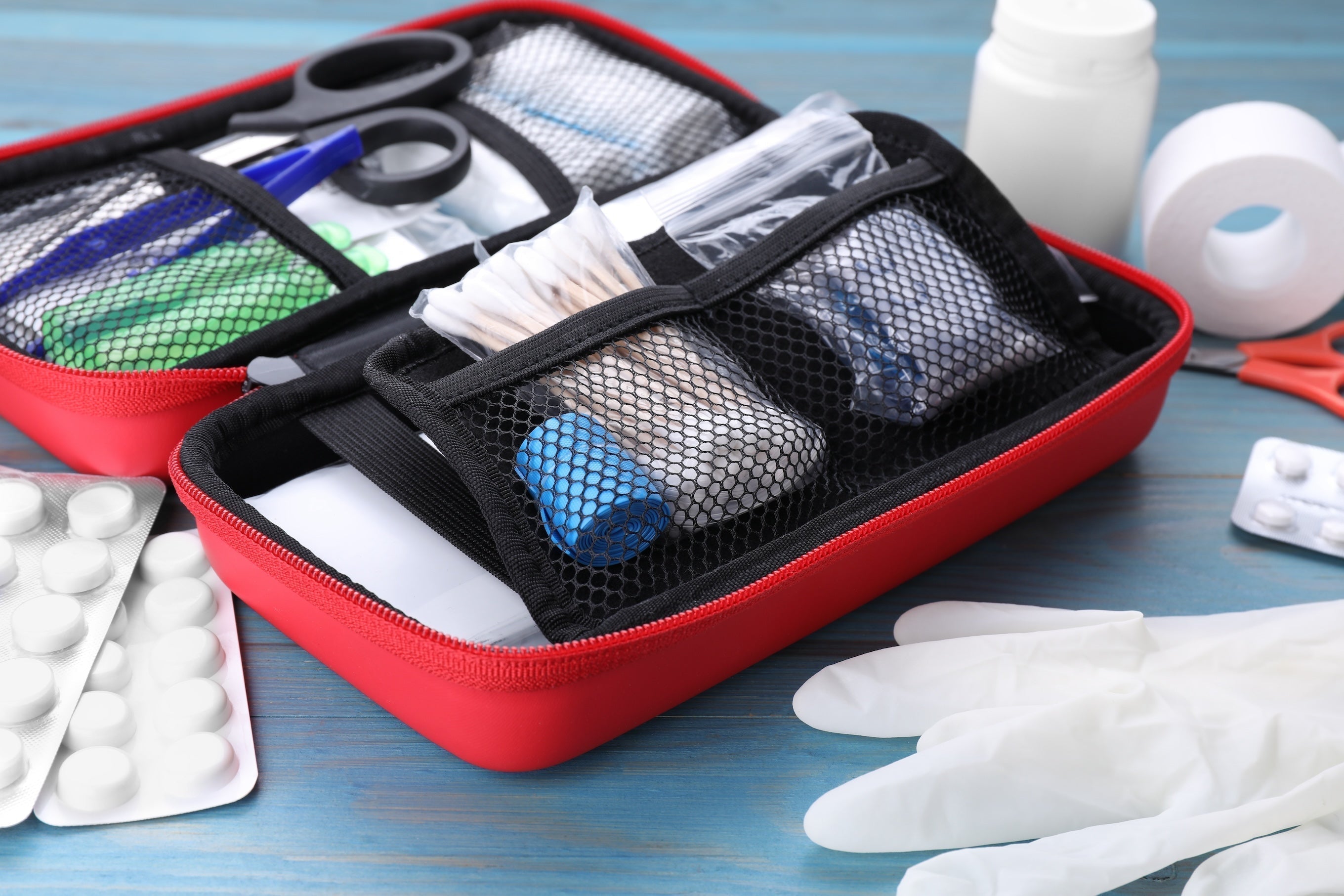- emergencytraining, firstaidcompliance, firstaidworkplace, workplacesafety, worksafety
- Talia Morris
5 Ways to Boost Workplace Safety and First Aid Compliance

When it comes to workplace safety, compliance isn't just a checkbox-it's a critical part of protecting your team and customers. Ensuring your business is first aid compliant demonstrates your commitment to a safe, well-prepared environment. Here are five ways to boost workplace safety and first aid compliance:
1. A Fully Stocked First Aid Kit
Under the First Aid in the Workplace Code of Practice, every workplace must maintain a well-stocked and easily accessible first aid kit. This includes standard essentials like bandages and antiseptics, as well as items tailored to the specific risks of your work environment.
A tailored First Aid Support Plan can help take the guesswork out of compliance-ensuring your kits are regularly maintained, fully stocked, and ready when it matters most.
2. A Defibrillator (AED)
A defibrillator can be the difference between life and death during sudden cardiac arrest. Without immediate CPR and defibrillation, survival rates are as low as 5–10%. But when a defibrillator is used within the first few minutes, survival rates can soar to 70% (St John Ambulance Australia, 2024).
For establishments like schools, shopping centres and hospitality venues, where large numbers of people gather, having one onsite is a critical part of emergency preparedness.
Equip your workplace with confidence-browse our range of defibrillators [here].
3. Trained First Aid Officers
It’s not enough to have the equipment-you need people who know how to use it. Trained first aiders are essential in any workplace. According to the First Aid in the Workplace Code of Practice, here’s what’s recommended:
- Low-risk workplaces: 1 first aider per 50 workers
- High-risk workplaces: 1 first aider per 25 workers
- Remote high-risk workplaces: 1 first aider per 10 workers
Be Trained’s First Aid and CPR training can provide your team with lifesaving skills that can make all the difference in an emergency.
4. Clearly Marked & Accessible First Aid Kit Locations
In an emergency, time is critical. First aid kits should be easy to find, clearly marked with signage, and unobstructed. Visibility and access can make a significant difference in the effectiveness of your response. During our support visits, we assess kit placement and signage to ensure accessibility and best practice.
5. Emergency Preparedness Training
Being able to treat an injury is important-but knowing how to handle the stress and chaos of a real emergency is equally vital.
Under Safe Work Australia’s Code of Practice on Managing the Work Environment and Facilities, emergency preparedness training is a mandatory requirement. This type of training can cover a range of situations such as medical emergencies, natural disasters, and workplace violence. Combined with First Aid training, it creates a confident, well-equipped workforce ready to respond under pressure.
Ready to Strengthen Your First Aid Compliance?
From training and equipment to fully managed support plans, we help businesses like yours stay compliant and prepared. Reach out today to get started-or explore our support options online.